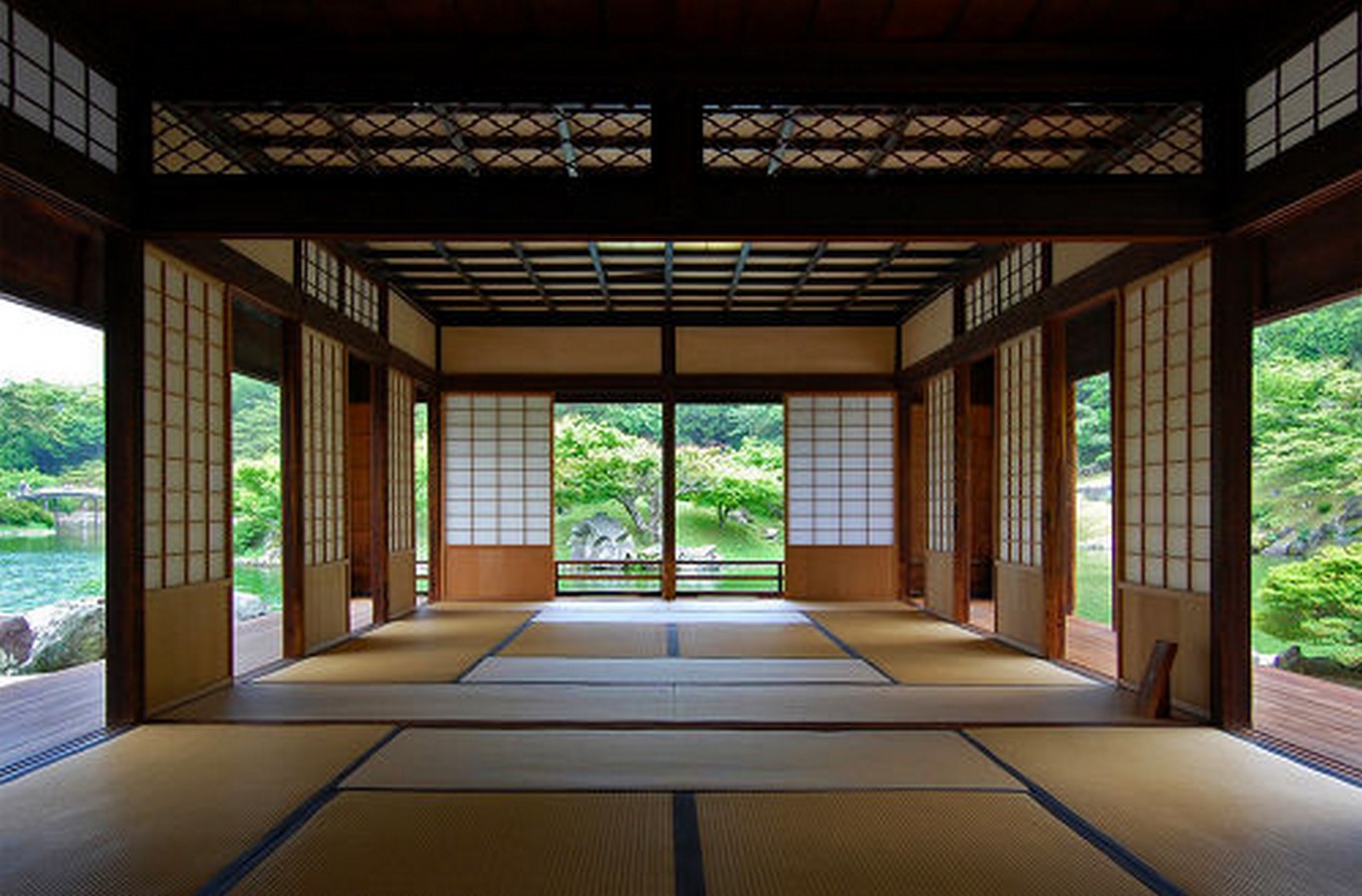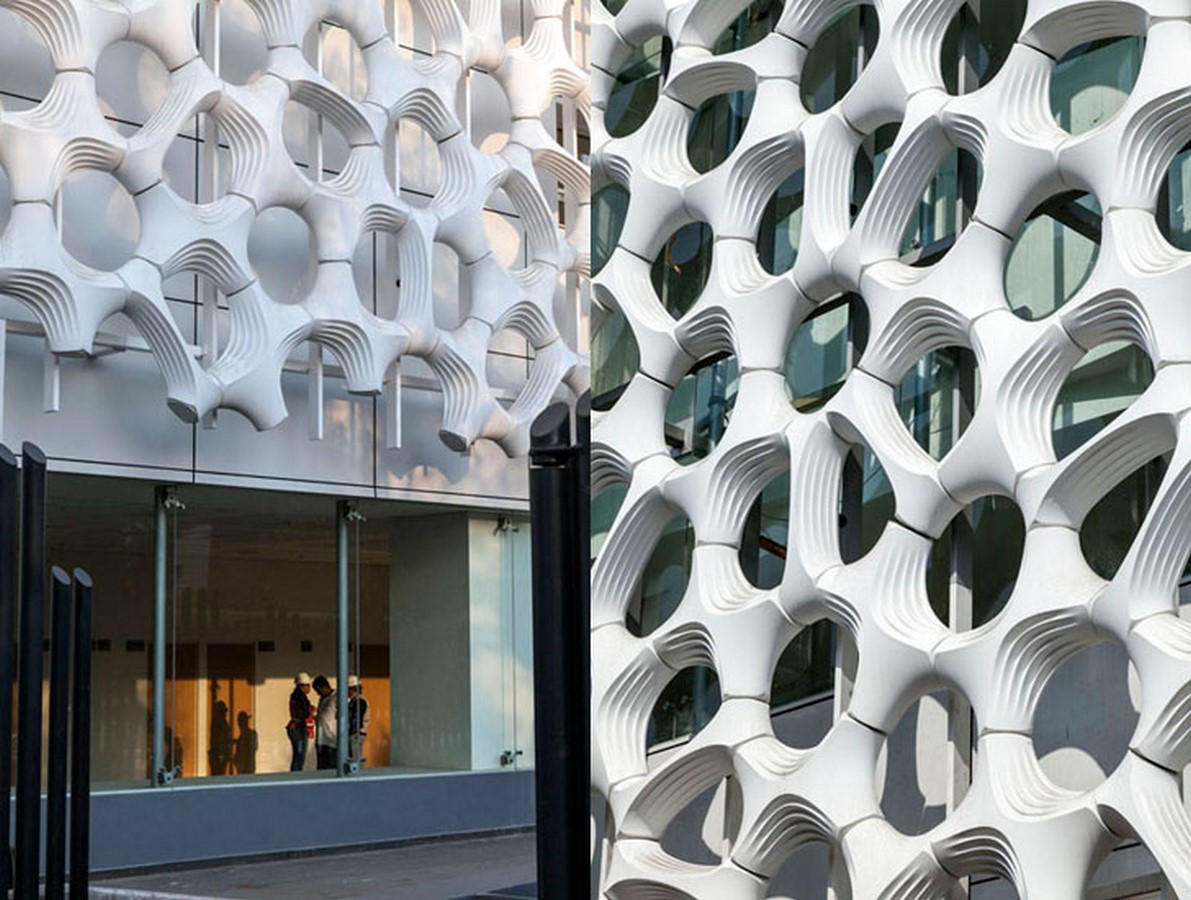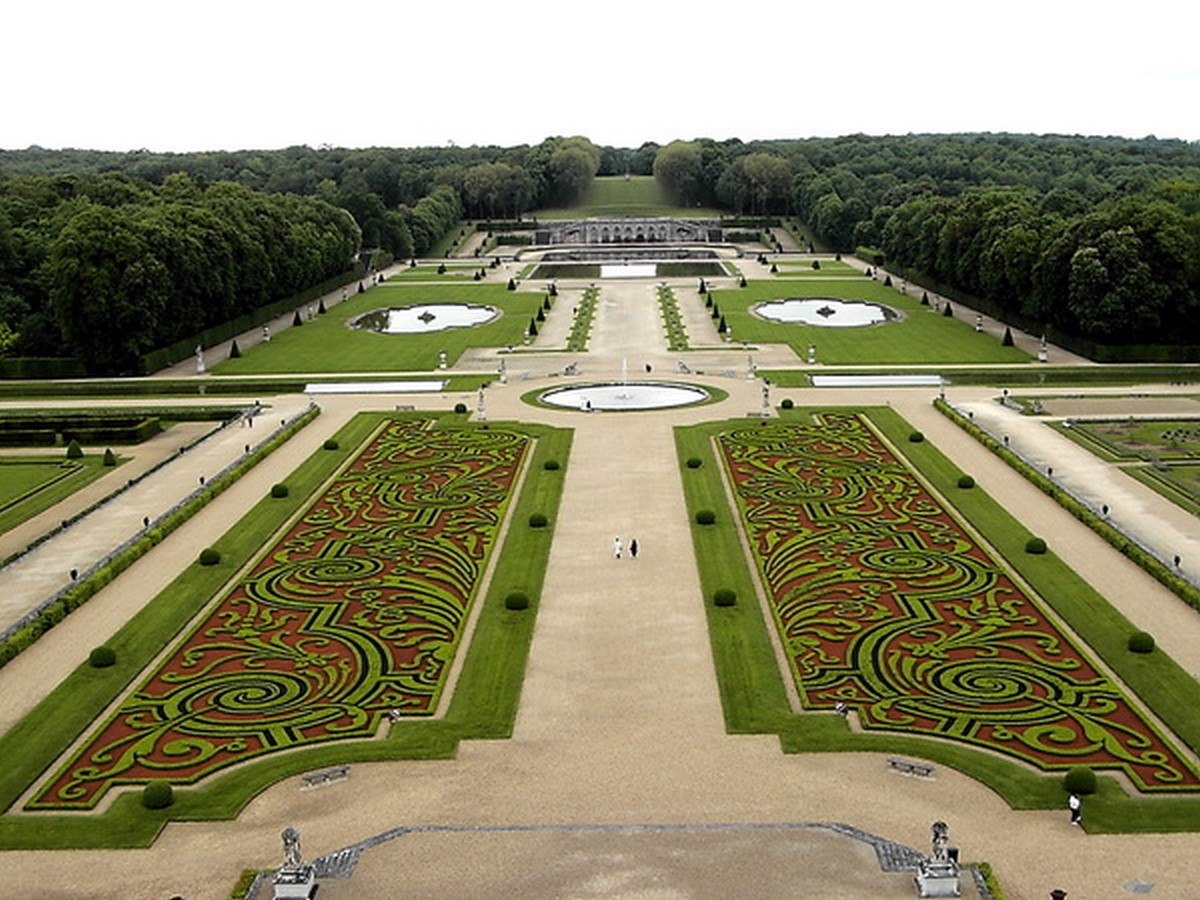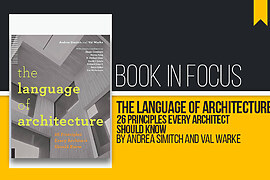Biophilic Design is a term derived from the word Biophilia. Biophilia is a theory that was later studied as a biophilia hypothesis by Edward O. Wilson. According to Wilson, biophilia is “ the innate tendency to focus on life and lifelike processes”. By this, he meant that the experience we as users have learned by the life and lifelike activities around us. This experience is mostly associated with natural surroundings and surviving ecosystems around us. Biophilic design explains how the built environment and the surviving ecosystem can be brought together incoherently. The article by Terrapin Bright Green talks about 14 different patterns that are recognized and associated between the built environment, nature, and human beings. Biophilic Design has a major impact on our lifestyle as it helps the users fight stress, anxiety, and also improve their functioning and creativity. By far a lot of research has taken place, but very few attempts have been made on understanding the implementation of biophilic design, this paper by Terrapin Bright Green has also dissected the approach as well as derived ways to implement this theory.
It is important to establish an association with Biophilia for the users to understand and experience it. Here the idea of associating ourselves with the context is explained with the help of history. Ancient civilizations are taken as examples where one can see the different forms of life being merged. Taking the example of phoenix seen in Egyptian architecture is one such example. The sculptures depicting different animals are seen in ancient temples are an example of biophilic design, where humans and animals are brought close.
With the increase in the industrial revolution in the 19th century and dense urban fabric, recreation and rejuvenation became an important aspect of everyday life. To cater to these dense fabrics, breathing spaces, or open spaces were developed which became public parks and public spaces. During this era, different architects, designers, and artists came together and started implementing the idea of biophilic design by either taking inspiration from the surroundings, topography, landscape, taking textures from wood and applying them in construction materials, designing spaces which bring nature or surroundings as a part of the project. Falling water is an example of one such design.
While designing in synchronization with nature, it is important to understand the impact of our design in the longer run. Here the idea of biophilic design is categorized into three categories. Nature in Space, Nature analogues, and Nature of space.
1. Nature in Space

Nature in Space defines the presence of nature in a space or a place, like plants, water bodies, animals, along with sound, scent, breeze, and other natural elements. In order to establish a connection between nature and space, their direct involvement in design is necessary. There are seven biophilic patterns explaining the nature of space.
- Visual Connection with Nature
- Non-Visual Connection with Nature
- Non-Rhythmic Sensory Stimuli
- Thermal & Airflow variability
- Presence of Water
- Dynamic and Diffuse Light
- Connection with Natural Systems.
These are a few points that involve life and life forms that can form a biophilic design.
2. Natural Analogues

Natural analogues include organic and indirect involvement of nature. Most of the designs and artworks are inspired by the patterns found in nature like objects, material, texture, shells, leaves, etc. This analogue comprises of three patterns,
- Biomorphic Forms and Patterns
- Material connection with Nature
- Complexity and order
3. Nature of Space

The fascination we have with vistas and surroundings and that spatial quality is achieved by trying to recreate this quality. This is detailed further in four patterns:
- Prospect
- Refuge
- Mystery
- Risk/Peril
Along with nature biophilic design is also associated with health and wellness. Cognitive, Psychological, and Physiological tangents are explored to understand the influence of biophilic design on human health.
After discussing all the patterns, it is important to understand the implementation. One of the major learning is the influence it creates on health, socio-cultural norms, and expectations, etc. With the increasingly dense fabric, it is important to implement this concept in new as well as old, buildings, parks, streets, campuses, etc.
In order to design a biophilic building, it is necessary to understand users, intent, expectations, priority, and health. Appropriate questions, design strategies, interventions that enhance the well being of the user, which caters to their needs have to be listed down. This helps in coming up with different performance metrics which help in evolving a biophilic Building.
These design strategies are flexible and replaceable with different patterns. These patterns can be user friendly as they are brought together to cater to the requirements of the users. Each space has a different pattern required, for example, a library will require a better lighting quality, along with reading rooms and classrooms. The main focus of these patterns is to increase the health and lifestyle quality of the space. The more use of design strategies and patterns provides better quality and diversity in the user groups. Design strategies like locally appropriate design, climate, ecology and vernacular, character and density, scale and feasibility, culture and demographics, are other design strategies adapted that focus on the health and well being of the users.
This paper further details the implementation and working of each pattern.


















